Precision control of fluids (gases or liquids) is one of the core requirements in the fields of industrial automation, medical devices, analytical instruments, and even smart homes. Although traditional solenoid valves or pneumatic valves are widely used, they often fall short in scenarios that require small flow regulation, ultra-high repeatability, absolute position maintenance, or complex opening programming. At this time, micro stepper motors, with their unique performance advantages, are increasingly becoming the “smart brain” and “agile executor” of high-end valve control systems, driving a precise revolution in fluid control.
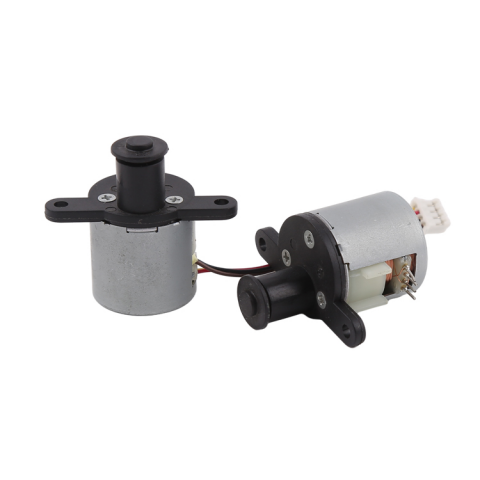
1、 The challenge of valve control and the perfect fit of micro stepper motors
Traditional valve control methods, such as switch type solenoid valves, proportional valves that rely on analog signals or complex feedback systems, often face the following limitations:
Insufficient accuracy: It is difficult to achieve linear adjustment of small flow rates and highly repetitive opening positioning.
Response and stability: Analog signals are susceptible to interference, and dynamic response may not be ideal. Maintaining position requires continuous power consumption (solenoid valve) or air source pressure (pneumatic valve).
Complexity: Achieving high-precision closed-loop control requires additional sensors (such as position encoders, flow meters) and complex control algorithms, increasing costs and volume.
Power consumption and heat generation: The solenoid valve needs to be continuously powered to maintain its position, resulting in power consumption and heat generation.
The emergence of micro stepper motors provides highly competitive solutions for these challenges:
Open loop precise positioning: Without the need for additional position sensors, precise control of valve opening (rotary valve) or spool position (direct acting valve) can be achieved through pulse counting, with a resolution of micro step subdivision (such as 1/256 step) up to step angle (such as 1.8 °), achieving ultra-high precision flow regulation.
Absolute position retention: Hybrid or permanent magnet stepper motors can provide holding torque in a stopped state (even without power), stabilizing the valve in the designated position, and zero power consumption retention is their huge advantage.
Digital control, strong anti-interference ability: receiving digital pulse signals, strong anti-interference ability, clear and simple control logic.
Quick start stop response: It can instantly start stop and reverse, adapting to the needs of quick adjustment.
Compact miniaturization: With a small size, it can be directly embedded into the valve body or compact actuator, saving space.
Low power consumption: It only consumes a large amount of current during motion, and the current can be significantly reduced during stationary holding (using appropriate drivers), and even power-off holding (relying on holding torque), resulting in low overall power consumption.
2、 Typical structure and working mode of micro stepper motor driven valve
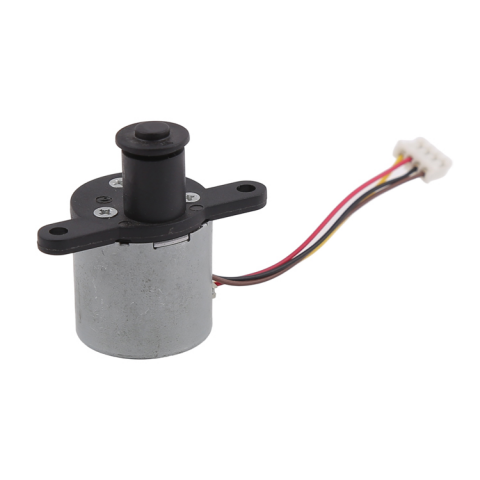
The application of micro stepper motors in valve control mainly relies on two core methods:
Direct drive rotary valve:
Structure: The output shaft of the micro stepper motor is directly connected to the valve stem of a ball valve, butterfly valve, or plug valve through a coupling.
Job: The motor receives pulses from the controller, accurately rotates a specific angle (such as 0-90 °), drives the valve core (ball, butterfly plate) to rotate, changes the cross-sectional area of the flow channel, and achieves linear or switch control of flow rate. Micro step drive can smoothly transition and reduce water hammer effect.
Advantages: Simple and direct structure, high transmission efficiency, accuracy depends on the motor step angle and micro step subdivision ability.
Drive direct acting (linear) valve:
Structure: Micro stepper motors typically convert rotational motion into linear motion of the valve core through a precision screw nut or cam mechanism. The motor rotates to push the nut or cam, which in turn drives the valve core (needle valve, globe valve core) to move axially, precisely controlling the valve opening.
Job: Each pulse corresponds to a small linear displacement of the valve core (such as a few micrometers to tens of micrometers), achieving extremely precise flow regulation.
Advantages: Suitable for situations that require extremely high resolution linear control, such as micro dosing, chromatographic analysis injection valves, etc. The screw mechanism itself also provides a certain degree of self-locking capability.
Key components:
Micro stepper motor: the core power source, the selection needs to consider the required torque, speed, accuracy (step angle), size, and environmental requirements.
Precision transmission mechanism: coupling (rotary valve) or screw nut/cam (linear valve), requiring low backlash, high rigidity, and wear resistance.
Valve body: Select ball valves, butterfly valves, needle valves, diaphragm valves, etc. based on fluid properties (corrosiveness, viscosity, temperature, pressure), flow range, sealing requirements, etc., and carry out adaptive design.
Micro stepper driver: receives pulse and direction signals from controllers (PLC, microcontroller, etc.), provides the required current waveform for motor windings, achieves micro step subdivision, current control, protection functions (overcurrent, overheating), etc. High performance drivers are the key to unleashing the potential of motors.
Controller: The upper system calculates and outputs the required pulse sequence and direction signal based on the flow set value or program logic.
3、 The outstanding advantages of micro stepper motor valve control
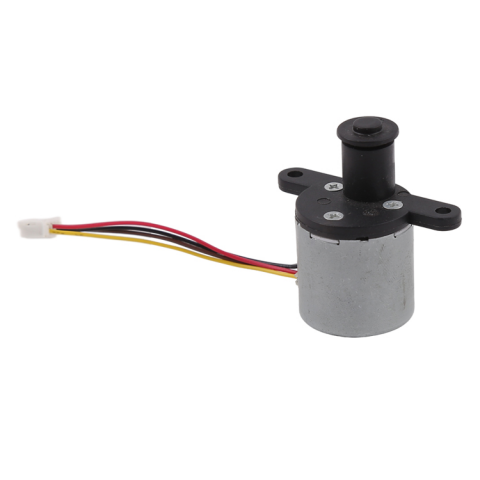
Unparalleled accuracy and repeatability: Open loop control can achieve micrometer level linear displacement or division level rotation angle control, with extremely high repeatability positioning accuracy, ensuring long-term stability of flow control.
Wide range precision flow regulation: Smooth and linear precise regulation can be achieved from small flow to large flow.
Absolute position retention and zero power locking: After power failure, the valve position remains unchanged (relying on holding torque), without the need for continuous energy consumption to maintain opening, energy-saving and safe.
Digital interface, easy to integrate: standard pulse direction signal, easy to connect with various PLCs, industrial computers, embedded systems, realizing complex control logic and networking.
Fast response and flexible control: start stop, acceleration, deceleration, and reverse response are fast, and can be programmed to achieve any opening curve.
Compact and reliable, easy to maintain: The structure is relatively simple, with no brush wear, long service life, and obvious advantages in clean or maintenance free environments.
4、 Core application scenarios

Medical Devices and Life Sciences:
Precision drug delivery system: infusion pump, insulin pump, microinjection pump, precise control of drug dosage and flow rate.
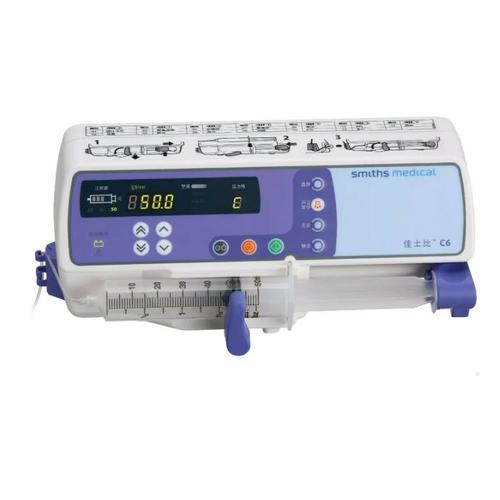
Analytical instruments: automatic injection valve, six way valve, proportional valve of chromatography (HPLC, GC), controlling the switching and flow rate of sample and carrier gas paths.
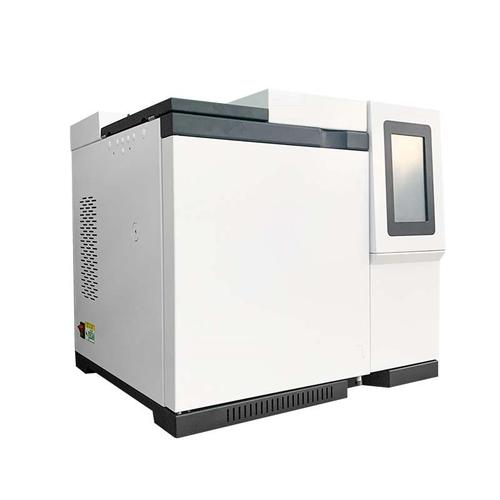
Respiratory therapy equipment: The oxygen/air mixing ratio valve in the ventilator precisely adjusts the composition of the inhaled gas.
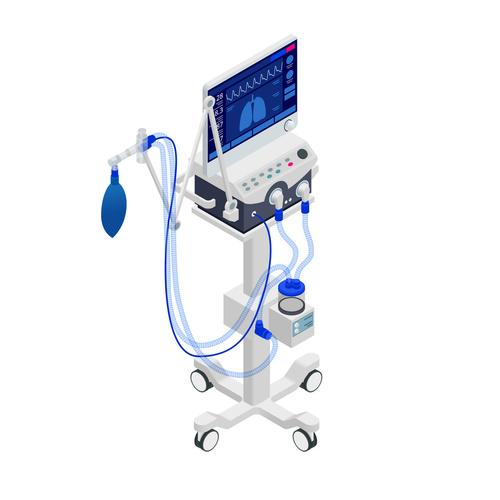
In vitro diagnostic equipment: biochemical analyzer, blood cell analyzer, reagent addition and dilution valve control.
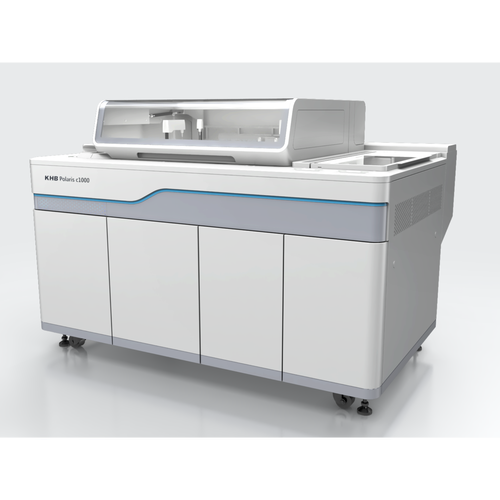
Laboratory automation:
Automatic liquid transfer workstation: controls the distribution valve to achieve high-precision liquid dispensing and transfer.
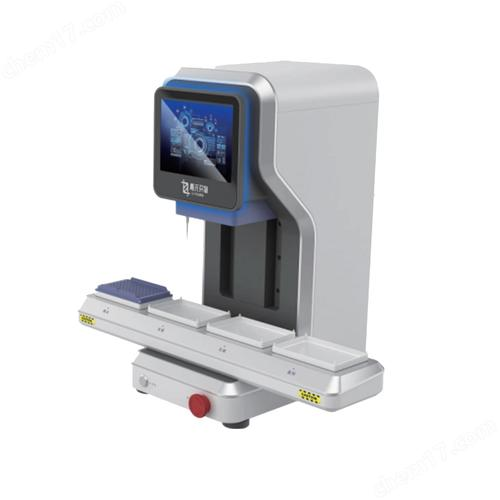
Reactor feed control: precise addition of trace reactants.
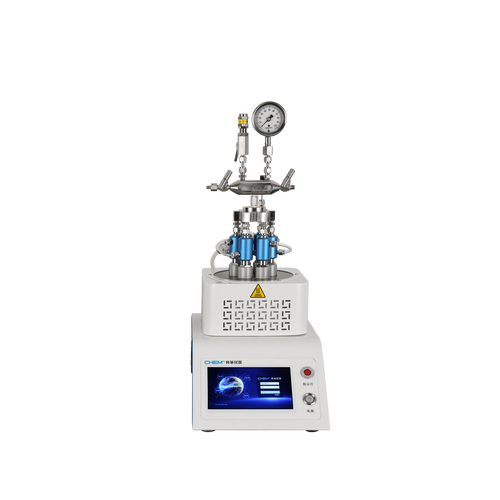
Cell culture bioreactor: Control the addition of nutrient solution and gases (such as CO2).

Industrial process control:
Precision feeding and ingredients: precise addition of trace additives, catalysts, and colorants in the chemical, food, and semiconductor industries.
Online sampling of analytical instruments: control of sampling valves for process gas/liquid chromatographs.
Gas mass flow control: Combined with flow sensors, it forms a high-precision electronic mass flow controller (MFC).
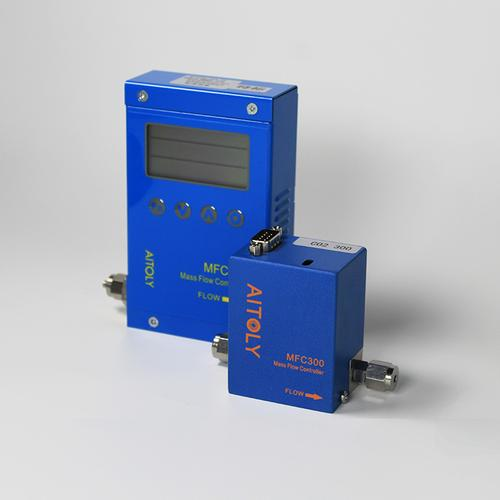
Small reactor control: reactant control valves in experimental or small-scale production equipment.

Environmental monitoring equipment: standard gas/standard liquid switching valve and sampling valve in flue gas/water quality analyzer.
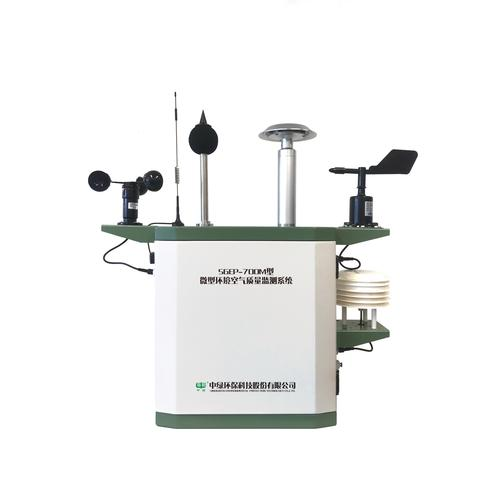
Scientific instruments and optical equipment:
Vacuum system: Precision needle valves and baffle valves in high vacuum and ultra-high vacuum systems, used for gas injection or flow restriction.
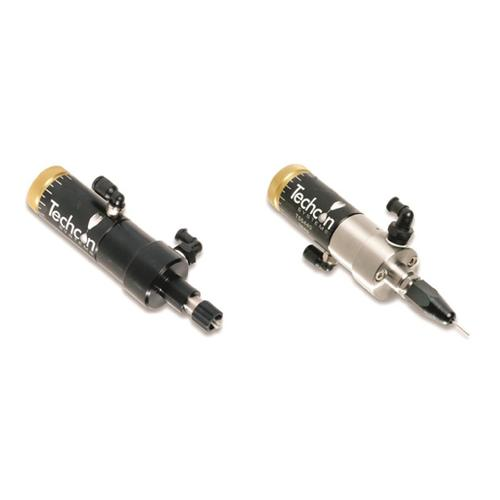
Optical platform: Flow control valve for coolant circulation system.
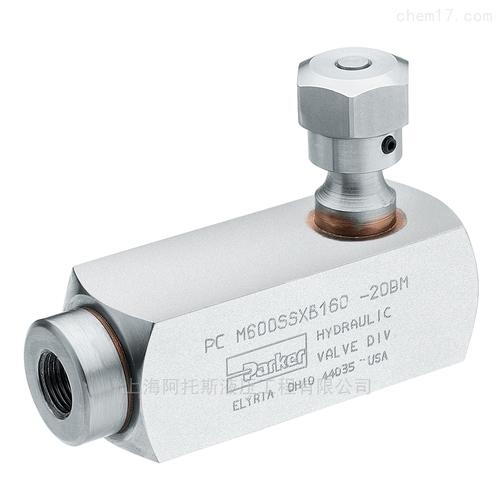
High end consumption and smart home:
Intelligent irrigation system: Accurately control the watering amount in different areas.
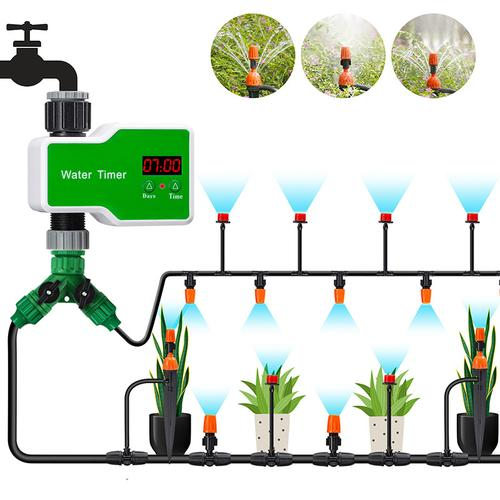
Coffee machine, beverage machine: precise control of the ratio and flow of water, concentrate, milk, etc.
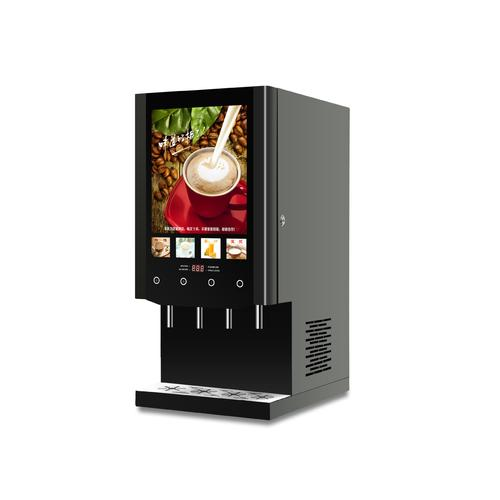
Home medical equipment: such as flow control for home ventilators and nebulizers.
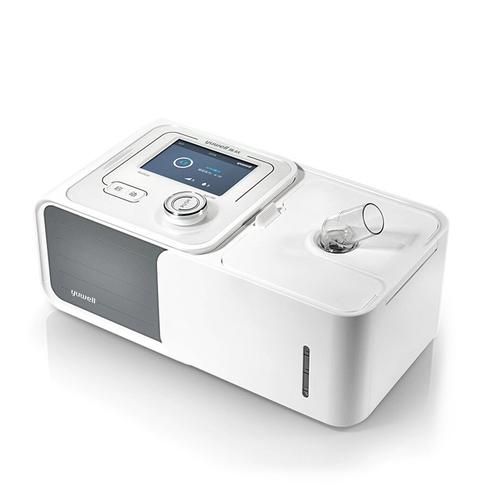
5、 Selection and application considerations
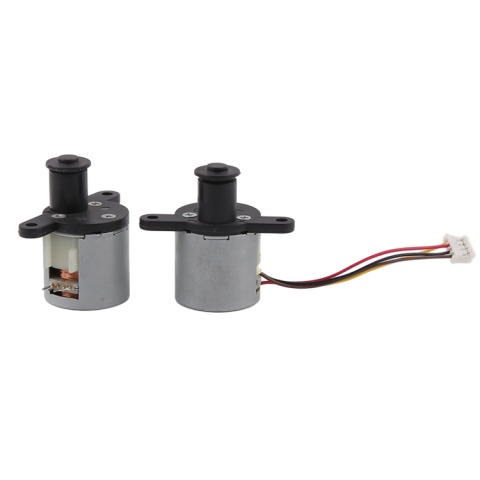
The successful application of micro stepper motor driven valves requires careful consideration of:
Torque requirement: The torque required to overcome valve starting torque (static friction), operating torque (dynamic friction/fluid resistance), and transmission mechanism resistance, while leaving a margin (especially considering the increase in lubricant viscosity at low temperatures).
Speed and acceleration: The valve opening and closing time requirements determine the required motor speed and acceleration capability.
Accuracy and Resolution: The minimum adjustment required for flow control determines the required step angle size and the micro step subdivision capability of the driver.
Valve type and transmission: rotary valve or linear valve? Choose the appropriate transmission method (direct connection, screw, gear, etc.) and ensure low backlash.
Environmental adaptability: Temperature, humidity, chemical corrosion, explosion-proof (special occasions), cleanliness requirements (such as sterile environment), etc. Choose motors and valves with appropriate protection level (IP level) and materials.
Matching power supply and driver: voltage and current requirements, select a driver with the required micro step subdivision, current control, and protection functions
Control interface: pulse/direction, bus communication (such as CANopen, Modbus), etc.
Conclusion:
Micro stepper motors, with their core advantages of open-loop high-precision positioning, absolute position maintenance, digital controllability, and compact size, have become an ideal driving solution for modern high-end valve control systems to achieve precise, reliable, and intelligent fluid management. It breaks through the accuracy bottleneck of traditional valve control and shines in demanding fields such as medical, laboratory, and industrial process control. With the continuous deepening of the demand for miniaturization and intelligence, as well as the continuous development of stepper motor control technology (such as higher subdivision and closed-loop stepping), intelligent valves driven by micro stepper motors will surely open a new chapter in fluid control that is more precise, efficient, and energy-saving, becoming the “micro guardians” of the precision flow world.
Post time: Jul-09-2025
